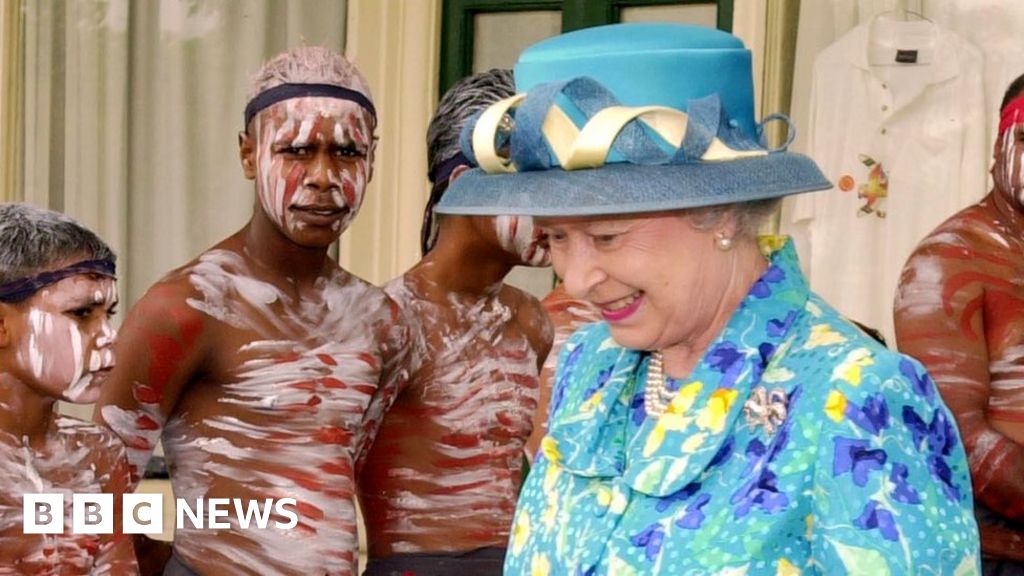The Timeless Legacy: Understanding Aboriginal Australians
The Timeless Legacy: Understanding Aboriginal Australians

The land of Australia, a vast expanse of diverse landscapes, holds a history as old as time itself. At its heart lies the enduring presence of the Aboriginal people, the original custodians of this land. Their story is one of resilience, cultural richness, and a deep connection to the land that has endured for tens of thousands of years. This article delves into the fascinating world of Aboriginal Australians, exploring their history, culture, challenges, and the vital role they play in shaping the future of Australia.
A Tapestry of Cultures: The Diversity of Aboriginal Australia
Related Articles: The Timeless Legacy: Understanding Aboriginal Australians
- A Taste Of The Outback: Exploring Australia’s Native Fruits
- The Ancient Custodians Of The Land: A Glimpse Into The Rich History And Culture Of Australian Aboriginal Peoples
- Navigating The Outback Of Etiquette: A Guide To Australian Taboos
- Uncovering The Wealth Of Indigenous Australia: A Look At The Richest Aboriginal Australians
- The Enduring Spirit: A Journey Into The World Of Indigenous Australians
The term "Aboriginal" encompasses a diverse array of distinct cultures, languages, and traditions. It’s crucial to recognize that Aboriginal Australians are not a monolithic group. There are over 250 distinct language groups and hundreds of unique cultural practices across the continent, each with its own intricate history and heritage.
The Journey of the First Australians: A Deep History
The arrival of Aboriginal Australians in Australia is a testament to human resilience and adaptability. Archaeological evidence suggests that their ancestors migrated from Southeast Asia to the Australian continent over 65,000 years ago. They navigated vast distances, adapting to diverse environments and developing unique survival strategies.
Deep Connection to the Land: The Essence of Aboriginal Culture
At the core of Aboriginal culture lies a profound connection to the land, known as "Country." This connection is not just physical but spiritual, encompassing a deep understanding of the land’s natural rhythms, resources, and significance. Land is not merely a resource but a living entity, a source of sustenance, spirituality, and identity.
The Impact of Colonization: A Turning Point in History
The arrival of European settlers in 1770 marked a profound turning point in Aboriginal history. The subsequent colonization brought with it devastating consequences, including dispossession of land, forced assimilation policies, and the loss of traditional knowledge and practices. The impact of colonization continues to reverberate today, shaping the experiences and challenges faced by Aboriginal Australians.
Cultural Resilience: Preserving and Sharing Traditions

Despite the hardships they have endured, Aboriginal Australians have demonstrated remarkable resilience. They have actively worked to preserve their cultural heritage, languages, and traditions. This includes the revival of traditional arts, music, storytelling, and ceremonies, ensuring that their rich cultural legacy continues to thrive.
The Importance of Reconciliation: Building a Shared Future
Reconciliation is a critical process for healing the wounds of the past and forging a shared future between Aboriginal and non-Aboriginal Australians. It involves acknowledging the injustices of the past, addressing ongoing inequalities, and working towards a future where Aboriginal Australians have equal rights, opportunities, and recognition.
Key Issues Facing Aboriginal Australians Today
Despite the progress made, Aboriginal Australians continue to face significant challenges, including:

- Health Disparities: Aboriginal Australians experience poorer health outcomes than non-Aboriginal Australians, with higher rates of chronic diseases, infant mortality, and suicide.
- Social and Economic Disadvantage: Aboriginal Australians are disproportionately represented in the justice system, face higher rates of unemployment, and have lower levels of education attainment.
- Loss of Language and Culture: The decline of traditional languages and cultural practices continues to be a concern, highlighting the importance of revitalization efforts.

Moving Forward: A Path Towards Justice and Equality
Addressing these challenges requires a multifaceted approach that involves:
- Investing in Indigenous-led initiatives: Empowering Aboriginal communities to drive solutions that address their unique needs.
- Closing the Gap: Working towards achieving equality in health, education, and economic outcomes.
- Recognizing Aboriginal rights and sovereignty: Respecting the rights of Aboriginal people to self-determination and cultural expression.
The Future of Aboriginal Australia: A Vision of Hope
Despite the challenges they face, Aboriginal Australians remain optimistic about the future. They are actively involved in shaping the future of their communities and the nation, advocating for change and working towards a more just and equitable society.
The Importance of Learning and Understanding
Understanding the history, culture, and experiences of Aboriginal Australians is crucial for all Australians. It is essential to challenge stereotypes, embrace diversity, and actively participate in the journey towards reconciliation.
FAQ About Aboriginal Australians
Q: What is the difference between "Aboriginal" and "Indigenous"?
A: In Australia, "Aboriginal" specifically refers to the original inhabitants of the mainland and Tasmania. "Indigenous" is a broader term that encompasses all First Nations people, including Aboriginal Australians and Torres Strait Islanders.
Q: What is the significance of the "Dreaming"?
A: The Dreaming is a complex concept that encompasses the creation stories, ancestral beings, and spiritual beliefs of Aboriginal Australians. It forms the basis of their understanding of the world and their connection to the land.
Q: What is the significance of the "Welcome to Country" ceremony?
A: The Welcome to Country ceremony is a traditional Aboriginal practice that acknowledges the traditional custodianship of the land and welcomes visitors to the area. It is a respectful and important custom that should be observed by all.
Q: How can I learn more about Aboriginal culture and history?
A: There are numerous resources available to learn about Aboriginal culture and history, including books, documentaries, museums, and websites. You can also attend cultural events, visit Aboriginal art galleries, and engage with Aboriginal communities.
Q: How can I support reconciliation?
A: You can support reconciliation by educating yourself about Aboriginal history and culture, challenging stereotypes, advocating for Indigenous rights, and supporting Indigenous-led initiatives. You can also engage with Aboriginal communities and learn from their experiences.
Conclusion
The story of Aboriginal Australians is a testament to the enduring power of human spirit and the importance of preserving cultural heritage. Their journey is a reminder of the shared history of Australia and the importance of working together to build a future where all Australians can thrive. By understanding their history, culture, and challenges, we can all contribute to a more just and equitable society.

Closure
Thus, we hope this article has provided valuable insights into The Timeless Legacy: Understanding Aboriginal Australians. We appreciate your attention to our article. See you in our next article!


